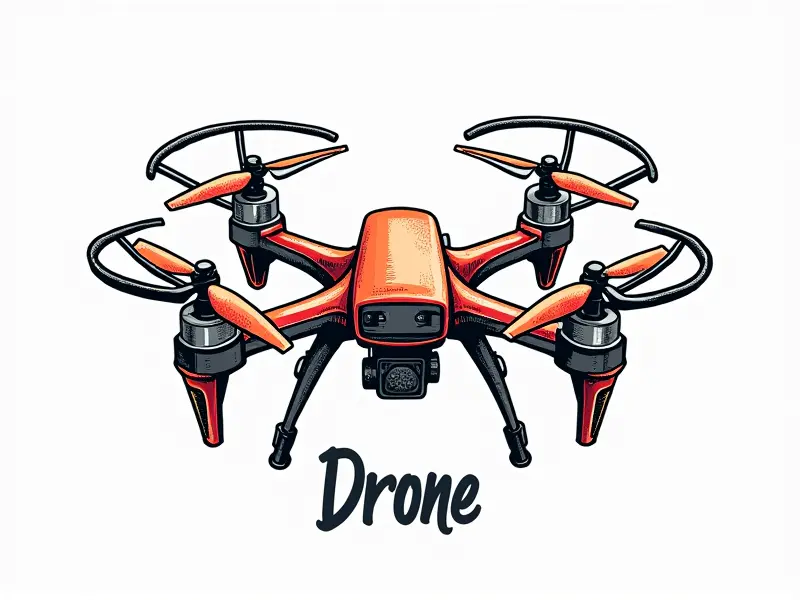RC helicopter parts?

Essential RC Helicopter Parts Explained
When it comes to remote control (RC) helicopters, understanding the essential parts is crucial for both beginners and experienced hobbyists. Each component plays a vital role in ensuring that your helicopter operates smoothly and efficiently.
- Main Rotor Blades: These are responsible for generating lift and controlling pitch and roll.
- Tail Rotor Assembly: This part manages yaw, allowing the helicopter to rotate around its vertical axis.
- Gyroscopic Stabilizer: It helps maintain stability by counteracting unwanted movements.
- Battery Pack: Provides power for all electrical components and motors.
- Receiver and Transmitter: Enables communication between the pilot's controller and the helicopter’s onboard systems.
Top 5 Must-Have RC Heli Components
To ensure your RC helicopter performs at its best, there are several key components you should consider investing in. Here are five must-have parts:
- Built-in GPS Module: Enhances navigation and flight control.
- Dual-Band Receiver: Improves signal reliability and range.
- High-Performance Servos: Ensures precise control over movements.
- Lithium-Polymer (LiPo) Battery: Offers longer flight times and faster charging.
- Vibration Dampening System: Reduces noise and improves stability during flight.
Beginner's Guide to RC Heli Parts
If you're new to the world of RC helicopters, it can be overwhelming to understand all the different parts. Here’s a simple guide to help you get started:
- Main Rotor Head: Connects the main rotor blades and controls their pitch.
- Tail Boom: Houses the tail rotor assembly and stabilizes the helicopter.
- Fuselage: The body of the helicopter that houses all internal components.
- Electronic Speed Controller (ESC): Regulates motor speed based on signals from the receiver.
- Magnetometer: Helps with orientation and heading in GPS-enabled models.
Upgrading Your RC Helicopter: Key Parts
As you gain experience, you may want to upgrade your RC helicopter for better performance. Here are some parts that can significantly enhance your flying experience:
- Brushless Motors: Provide more power and efficiency compared to brushed motors.
- Fully Programmable Gyro: Offers advanced stabilization features.
- Synthetic Fibre Rotor Blades: More durable and resistant to wear and tear.
- High-Torque Servos: Better control over heavy or complex setups.
DIY RC Helicopter Build: Core Parts Needed
Building your own RC helicopter can be a rewarding project. Here’s what you need to get started:
- Main Rotor Blades: Choose the right material and size for optimal performance.
- Tail Rotor Assembly: Ensure it's properly balanced and securely attached.
- Fuselage Frame: Construct a sturdy frame to house all components.
- Motors and ESCs: Select high-quality motors and appropriate ESCs for your build.
Advanced RC Helicopter Parts for Performance
For enthusiasts looking to push the limits of their RC helicopters, here are some advanced parts that can take your builds to the next level:
- Fully Programmable Flight Controllers: Offers extensive customization options.
- Dual Motor Systems: Provides redundancy and improved power-to-weight ratio.
- Servo Dampening Springs: Reduces vibrations for smoother flight control.
RC Helicopter Maintenance: Part Essentials
Maintaining your RC helicopter is crucial to keep it in top condition. Regular checks and replacements of certain parts can prevent costly repairs and downtime:
- Battery Check: Ensure batteries are fully charged and not showing signs of wear.
- Servo Lubrication: Keep servos well-lubricated to avoid binding or sticking.
- Rotor Blade Inspection: Look for cracks, dents, or other damage that could affect performance.
Budget-Friendly RC Helicopter Parts
If you’re on a tight budget but still want to enjoy the hobby, there are many affordable options available. Here are some cost-effective parts:
- Reconditioned Motors: Often in good condition and much cheaper than new ones.
- Generic Servos: Provide decent performance at a lower price point.
- Used Battery Packs: Can still offer plenty of flight time if well-maintained.
RC Helicopter Troubleshooting with Common Parts
Finding the right part to fix common issues can save you a lot of frustration. Here are some troubleshooting tips using specific parts:
- Battery Check: If your helicopter won't start, ensure batteries are fully charged.
- Servo Adjustment: Loose or improperly adjusted servos can cause erratic movements.
- Rotor Blade Balance: Unevenly balanced blades can lead to poor performance and instability.
Understanding RC Helicopter Servos
Servos play a critical role in controlling the movement of your RC helicopter. Here’s what you need to know about them:
- Type: Digital servos offer faster response times than analog ones.
- Torque and Speed: Higher torque means better control over heavy loads, while speed affects responsiveness.
- Duty Cycle: Indicates the servo's ability to handle continuous operation without overheating.
Choosing the Right RC Helicopter Motor
The motor is one of the most important parts of your RC helicopter. Here’s how to choose the right one:
- KV Rating: Higher KV motors spin faster but require more voltage.
- Battery Compatibility: Ensure the motor works well with your chosen battery type and capacity.
- Efficiency: Look for motors that provide good power output without excessive heat generation.
Conclusion
Maintaining a thorough understanding of RC helicopter parts is essential to ensure optimal performance and longevity. Whether you're building your first model or upgrading an existing one, knowing the right components can make all the difference in achieving your flying goals.

